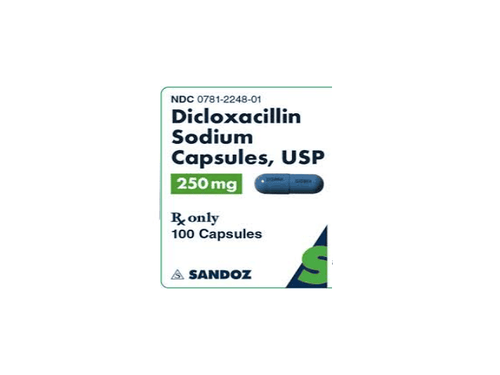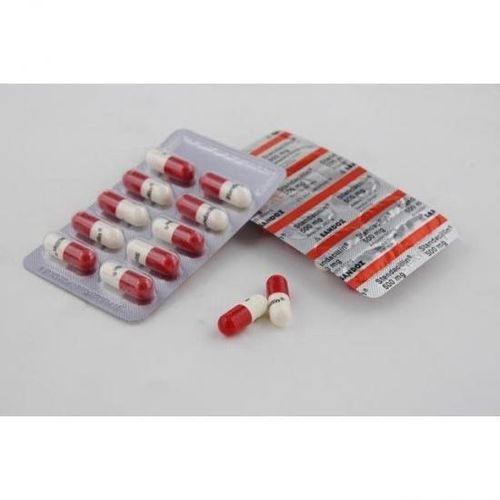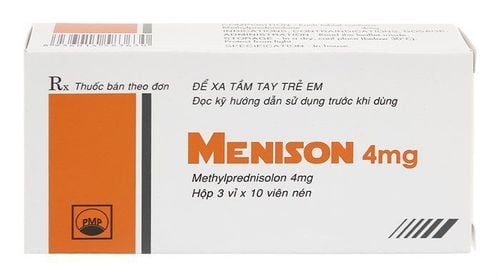This is an automatically translated article.
Emotaxin is an antibiotic commonly used in the treatment of bacterial infections. Because this is a drug injected into a muscle or vein, patients need to strictly follow the instructions of a specialist to ensure effectiveness.
1. What does Emotaxin do?
Emotaxin drug main ingredient is Cefotaxime. This is a bactericidal cephalosporin antibiotic with a broad antibacterial spectrum, used in the form of injections.
Accordingly, Emotaxin has bactericidal effect by inhibiting bacterial cell wall synthesis. They are resistant to gram-negative bacteria, including strains resistant to first- and second-generation cephalosporin antibiotics, and some gram-positive bacteria.
2. Indications and contraindications to the drug Emotaxin
2.1. Indications for Emotaxin Drugs Emotaxin is indicated for use in the following cases:
Patients are diagnosed with respiratory tract infections, including acute and chronic bronchitis, infectious pneumonia, bronchiectasis. People with problems related to chest infections after surgery and lung abscesses. Patients with bone and joint infections include conditions such as osteoarthritis and septic arthritis. Gonorrhea infections are especially caused by bacteria that are resistant to penicillin. Gynecological infections cause pelvic inflammatory disease. In addition, Emotaxin is used in people with blood infections, soft tissue infections, urinary tract infections, meningitis, and other infections caused by susceptible strains of bacteria. Emotaxin is also used prophylactically in patients at risk of infection or requiring surgery to contribute to a reduction in postoperative infection rates. 2.2. Contraindications Emotaxin Emotaxin is not suitable for use in patients with hypersensitivity to Cephalosporins, pregnant and lactating women.
3. Dosage and how to use Emotaxin
3.1. Dosage of Emotaxin Emotaxin can be used for many subjects such as the elderly, adults and children with reference doses as follows:
* Using drugs for adults
Treatment of gonorrhea using drugs with a dose of 1g daily daily in the amount of 1g intramuscularly. Treatment of mild-to-moderate infections is administered at a dose of 2g (1g administered every 12 hours IM/IV). Treatment of moderate-severe infections using the drug at a dose of 3g - 6g (1-2g every 8 hours IM/IV). Treatment of common infections requires the use of high-dose antibiotics such as sepsis with a dose of 6g - 8g (2g every 6-8 hours intravenously). Treatment of life-threatening infections is administered in doses ≤ 12g (2g IV every 4 hours). Using the drug for the purpose of preventing infection after infection or clean surgery, patients are recommended to take a single dose of 1g intramuscularly or intravenously 30 to 90 minutes before surgery. * Use of Emotaxin for infants
Usual dose: Use a dose of 50mg/kg/day intravenously divided into 2-4 times. Children with severe infections: Use at a dose of 150-200mg/kg/day in equally divided doses. * Use drugs for children
Usual dose: 100 - 150mg/kg/day divided into 2-4 equal doses. Dosage for severe infections: Increase dose up to 200 mg/kg/day. 3.2. How to use Emotaxin Emotaxin is a drug used by intravenous infusion with the following preparation:
Dilution of the drug to start with intramuscular injection: Use 3ml of distilled water to mix into a 1g powder injection vial. Initial dilution for intravenous use: Use 10ml of distilled water to mix into 1g of the drug, then use the resulting solution to be injected intravenously directly for 3-5 minutes. Note that after adding water, shake well until the powder is completely dissolved. Next, use the syringe to withdraw the entire amount of solution collected for injection to the patient. Intravenous infusion: Use 1g-2g of the drug to dissolve it with 40ml-100ml of appropriate infusion solution and carry out the infusion over a period of 20-60 minutes. Solution for injection used for infusion includes distilled water for injection, NaCl, 5% Dextrose, Dextrose and NaCl, Sodium Lactate.
4. Emotaxin side effects
Emotaxin has the risk of causing some side effects such as:
Hypersensitivity, fever, chills, body aches, eosinophilia. Nausea, vomiting, abdominal pain may be accompanied by diarrhea, pseudomembranous colitis. Hematologic changes, hemolytic anemia, platelet and granulocytopenia decreased. Headache, dizziness, sometimes patients have arrhythmia.
5. Drug interactions
Do not use Emotaxin at the same time with Aminoglycoside antibiotics, Colistin (Polymyxin antibiotic) because there is a risk of increasing the toxic effect on the kidney. Emotaxin when used with Ureidopenicillin (Azlocillin, Mezlocillin) will decrease the clearance of Cefotaxime. Emotaxin may cause a false positive with the Coombs test.
6. Be careful when using Emotaxin
In patients with severe renal impairment, the dose of Emotaxin should be reduced to avoid damage to this organ. Caution should be exercised when administering the drug to patients with a history of prior convulsions. People with a history of blood or bone marrow diseases (eg, agranulocytosis, agranulocytosis), history of colon disease (inflammation of the bowel) should be used with caution. Although Emotaxin is an antibiotic capable of supporting the treatment of many different diseases. However, users only use the drug when prescribed as well as strictly follow the instructions of the doctor to ensure the safest and most effective.
Please dial HOTLINE for more information or register for an appointment HERE. Download MyVinmec app to make appointments faster and to manage your bookings easily.













